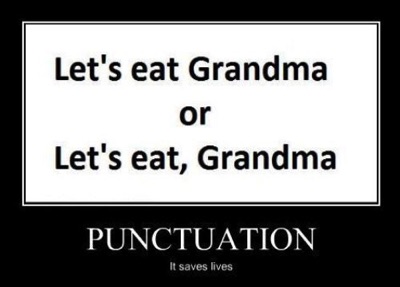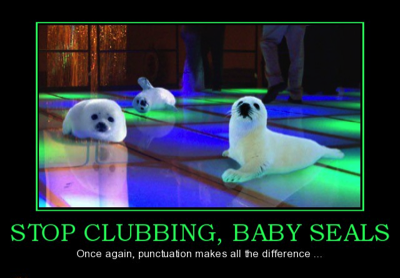Bio
You’ve heard this one before: adverbs are bad – don’t use adverbs – blah, blah, blah. Well, there’s a number of excellent reasons behind that old mantra. Adverbs can ‘mostly’ be spotted by words ending in -ly which describe a verb: happily, sadly, hopefully, contentedly, dutifully, etc. So what’s the problem?
Adverbs generally mean that your verb is weak, unspecific, and lacking in detail. For example; run quickly could become sprint. ‘Sprint’ is more specific than the more general ‘run’. It’s more dramatic, and it also includes more detail. There’s no need for an adverb, since it’s not possible to sprint slowly, and by definition, you’re already running quickly. Use a stronger, more specific, more dramatic verb, and you won’t need an adverb in the first place.
In most cases, adverbs tell.
They don't show
Secondly, in most cases, adverbs tell. They don’t show.
Example: Mary looked happily at John.
Great, so we know Mary was looking at John, and that she looked happy. But how did Mary’s face express that happiness? Did she smile? Probably, but in what way did she smile? How did that smile change her features? I can’t see any of that based on the above line. It’s the author’s job to paint a picture with words, and the above line is just a very rough outline. It lacks detail, precision, and most importantly, it reads like lazy writing. Anyone could have written it, even someone who’s never written a sentence in their life.
Here’s one way it could be improved:
Mary stared at John with the intensity of a teenager experiencing her first crush. Her rosy cheeks flushed, tightened, and drew her full lips into a tender smile that melted John’s heart.
There’s innumerable other ways you could approach this, and the above example is just off the top of my head, but here’s why it’s better: first up, it eliminates the verb to look (that in itself is worth the alteration!). Next, it compares her expression to something the reader can relate to (we’ve all had a first crush). It provides specific details on her cheeks (rosy), her lips (full), and also provides a reaction which specifies John’s feelings (it melted his heart). Yes, it uses more words, but often, that’s what’s required in order to transform a rough description into a fully-realised one.
This brings my grammar-rant to an end. I hope you found something useful within its nitpicky confines. And if you’ve heard it all before, I hope I gave some additional perspective. To summarise what I’ve said: be specific, choose stronger verbs to avoid the need to use adverbs, and show, don’t tell.

Adverbs: That Old Chestnut

One last point: commas are your friend! Get to know them. Make use of their services. They might trip you up from time to time, but they won’t bite. Not using them can alter the meaning of your prose, leading to confusion and frustration in the reader. In some cases, the use of commas is optional, but in others, it’s mandatory. If you’re not sure, Google it!
